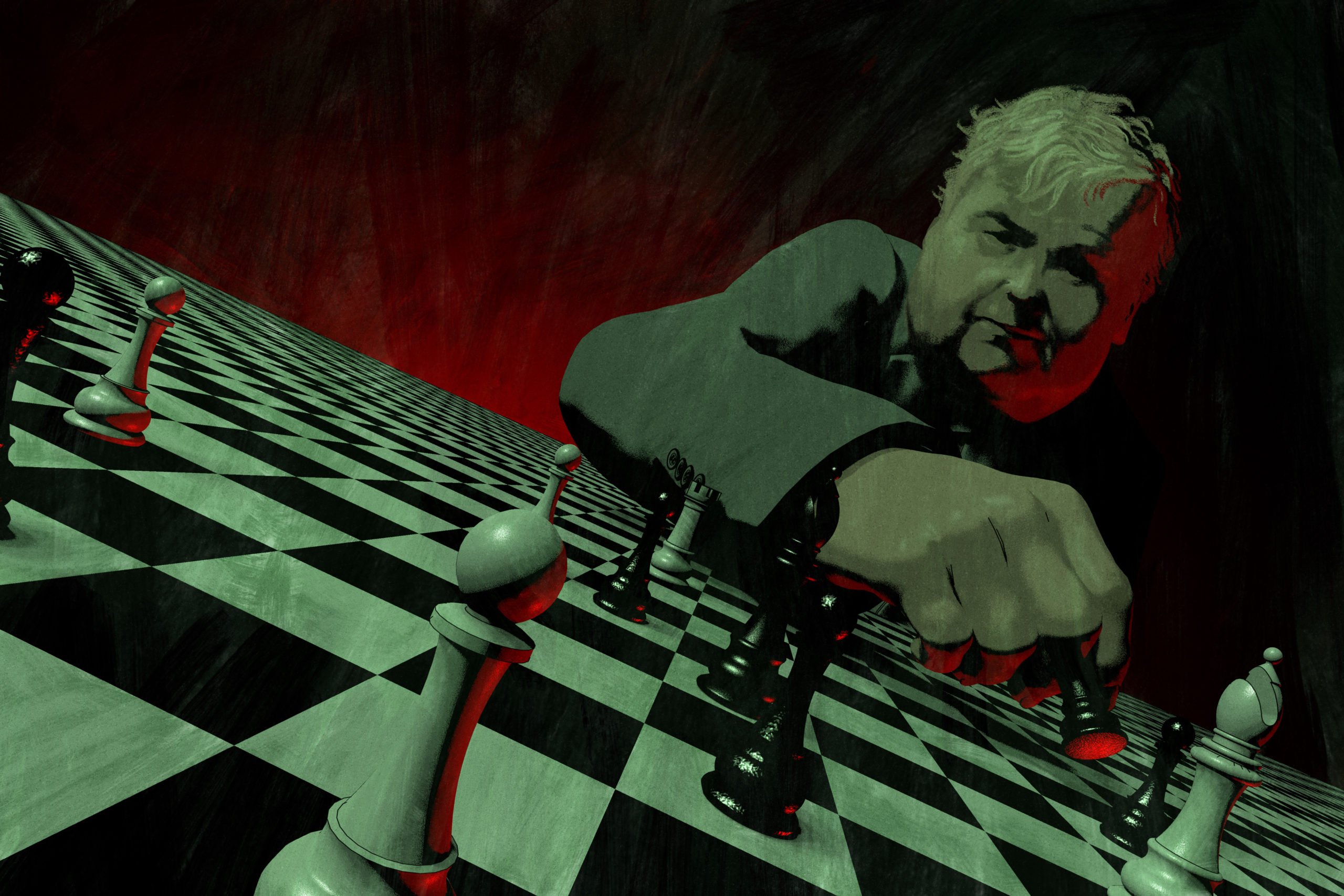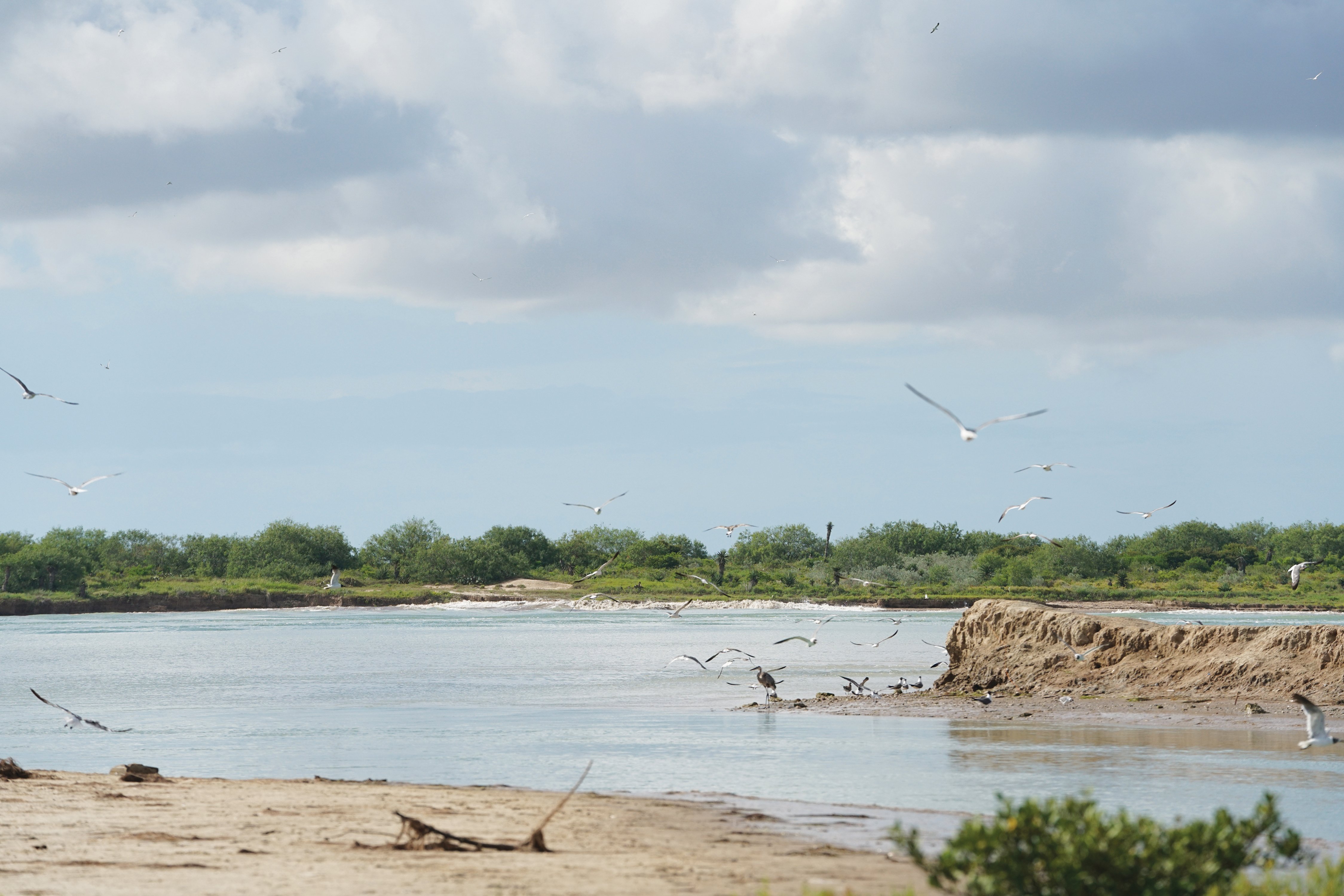Do the Boots Make the Man?
The governor may wear boots, but not all real Texans do.
On a Saturday afternoon in Austin, Allens Boots teems with visitors and newcomers to Texas. Tugging on boots and trying on cowboy hats, they want to buy a piece of the Texas mystique and the myth of the rural, rugged individualists at its center. “Real Texans Wear Boots,” according to a bumper sticker advertising the store. Taylor Baughman, Courtney Bolin and Lizzie Evans, friends from Indianapolis, debate which pair of distressed brown boots to buy. “We’ve come here a few times because it is a good Texas kind of thing to do,” Evans says. “And you can’t get a good solid pair of boots in Indianapolis.”
Baughman and Evans now live in Austin; Bolin is visiting from Indianapolis. “I thought [Texas] was this huge state where everything is desolate, and there are cowboys and plains,” Bolin says. The friends were surprised by the state’s visible Mexican heritage and the urban “vibe” of Austin.
The hats and boots are “just the history of the state,” Baughman says. “From the Longhorns to the Aggies, [Texans] are proud of their history.”
Adds Evans: “It’s like their tradition.”
Allens Boots sells the image of a Texas that once was, and that cowboy stereotype endures for many outside of the state. Despite the skyscrapers in Houston and Dallas, the suburbs that ring the state’s major cities and the oil and tech industries that ground the economy, for many Texas is still defined by boots, cowboy hats and big belt buckles.
The stereotype of Texas involves more than Western attire. It’s an attitude—a certain swagger. For Gov. Rick Perry, it’s only natural for a true Texan to carry a firearm on his morning jog, on the off-chance he might be harassed by a curious coyote. And those big cowboy hats have to be backed by some equally big talk, as Perry demonstrated in August when he all but accused Federal Reserve Chairman Ben Bernanke of treason and asserted, “we would treat him pretty ugly down in Texas.”
For Perry, a fifth-generation Texan from rural Haskell County, the cowboy persona isn’t a put-on; it’s who he is. But it’s no longer what Texas is. The state is home to four of the largest cities in the nation and one of the first lesbian mayors of a major U.S. city. Texas has more new residents than any other state, and is among a handful of states where people of color compose a majority of the population.
The governor may wear boots, but not all real Texans do.
“I think the whole image of Texas being a cowboy state—there’s something valuable for Texans to hold on to in that,” says state demographer Lloyd Potter, musing that the myth has roots in our self-image as individualistic and self-sufficient. “That said, I think we are less and less fitting that stereotype.”
Yet as the national media try to understand Perry, and by extension Texas, they pander to the state’s Western lore, describing the candidate and his style as “a new sheriff,” “Marlboro man,” “Texas-sized,” “Texas swagger,” “gun-toting,” “boots and spurs,” and “ass-kicking cowboy archetype.”
“Clichés are always the easiest way to write about [politicians],” says Paul Stekler, a nationally acclaimed documentary filmmaker and professor at the University of Texas.
The same could be said of Texas. The state has been shedding its rural character for decades. After World War II, the state became increasingly urban, largely propelled by the oil boom of the 1920s—around the same time Texas began to identify as a Western state rather than a Southern state, according to historians.
Today, there are many weekend cowboys, not working cowboys. “When you look at the trends, you see that almost all of the rural areas are losing population,” Potter says. Especially in West Texas, where Perry was raised, “it’s becoming less and less populated … and the population’s becoming less dense than it was in the previous decade.”
The rural Texas economy is still based on oil, livestock, and crop production. But individual farmers and ranchers—those rugged individualists who battled to tame the land—hang on largely in Hollywood films about Texas. “With more and more sparse population, you’re seeing larger land holdings and more and more corporate farming,” Potter says.
At the same time, migration to the state has soared in recent decades, driven by the oil and tech industries, resulting in a “very diverse and cosmopolitan state,” he explains. “In the last decade, half of our population growth came from out of state, and half of that was international migration.”
With few real cowboys left, the image has become shorthand for something else: rugged individualism steeped in the past. A past that is often presented as Anglo, says author Dagoberto Gilb, despite the black and Latino population in Texas.
“The [cowboy culture] suits the best Republican image of America,” says Gilb, editor of Hecho en Tejas: An Anthology of Texas Mexican Literature, and executive director of CentroVictoria, the Center for Mexican American Literature and Culture at the University of Houston-Victoria.
“We did lose the war,” he says, referring to Texas’ independence from Mexico. “That’s the joke in my group of friends.”
The point, he says, is that the role of Mexicans in the creation of Texas culture has been marginalized. “The whole culture of Mexico is involved with the cowboy and the cattle drive, and that comes from Mexico and Spain,” Gilb says.
Yet, Gilb says, Mexicans have been written out of the state’s cowboy narratives. Even in his friend Larry McMurtry’s book Lonesome Dove. “Where’s the Mexican? He’s the goofy, chubby cook,” Gilb says, referring to the character Bolivar.
The cowboy stereotype of the state can be a convenient and powerful form of political branding, says Robert Stein, Fellow in Urban Politics at Rice University’s James A. Baker III Institute for Public Policy in Houston.
The image conveys much more than party identification at a time when many people identify as independent voters or support issues across party lines, Stein says. Candidates have to further differentiate themselves now, as “Tea Party Republicans” or “Reagan Republicans,” for example.
Perhaps the draw of the ‘rugged, individualistic Texan’ image is that it appeals to deep-seated nostalgia for a bygone era.
To that extent, Perry benefits among Republican voters from a perception of Texas exceptionalism—its history as a republic before becoming a state and status as the first state to become extremely wealthy from oil.
The last time Perry campaigned as a cowboy was when he first ran for agriculture commissioner in 1990, says Stekler. In this year’s presidential campaign commercials in Iowa, he is running as a “Southern conservative,” not a cowboy.
“Most people outside of the state have no idea that it is an urban-suburban state. This is a conservative Republican Party that is in most parts getting its vote from suburban Texas,” he says.
Yet there is a disconnect between those who govern the state and those who live here. And the cowboy archetype has been repackaged to appeal to independent suburban voters.
“The people who govern don’t look like the adult population of Texas,” Stein says. “The people who govern the state do look like the people who show up to vote in general elections.”
Demographically, the Legislature has not changed enough over the years.
“It trends this way in most states, but more so in Southern states and more so in Texas than anywhere else,” Stein says, citing low voter participation among Latinos because they are younger and produce few viable statewide candidates.
As the campaign progresses, both Perry and Texas will come under greater scrutiny, Stein says, as national reporters try to “get a handle” on the state’s politics, population and culture.
“Texas, rather than Rick Perry, might become the center of attention,” he says. Instead of criticizing Perry, Stein suspects, the media and other candidates will ask voters whether they’d really want to live in Texas, with its last-in-the-nation rankings in health insurance and graduation rates, among other unimpressive distinctions. “What they’ll hold up to ridicule is Texas, not Rick Perry.”
At Allens Boots, Baughman, Evans and Bolin each decide on a pair of boots to wear to a University of Texas football game. A few feet away, Shawn Smith of British Columbia, Canada, photographs a row of boots with his iPhone. Asked why, he says, “I’m doing it for the same reason that I photographed this,” revealing a picture of a stunning sunset over a vast lake. “It’s something that’s not common. … like snow boots to you.”
Lara Berendt is an Observer intern.


